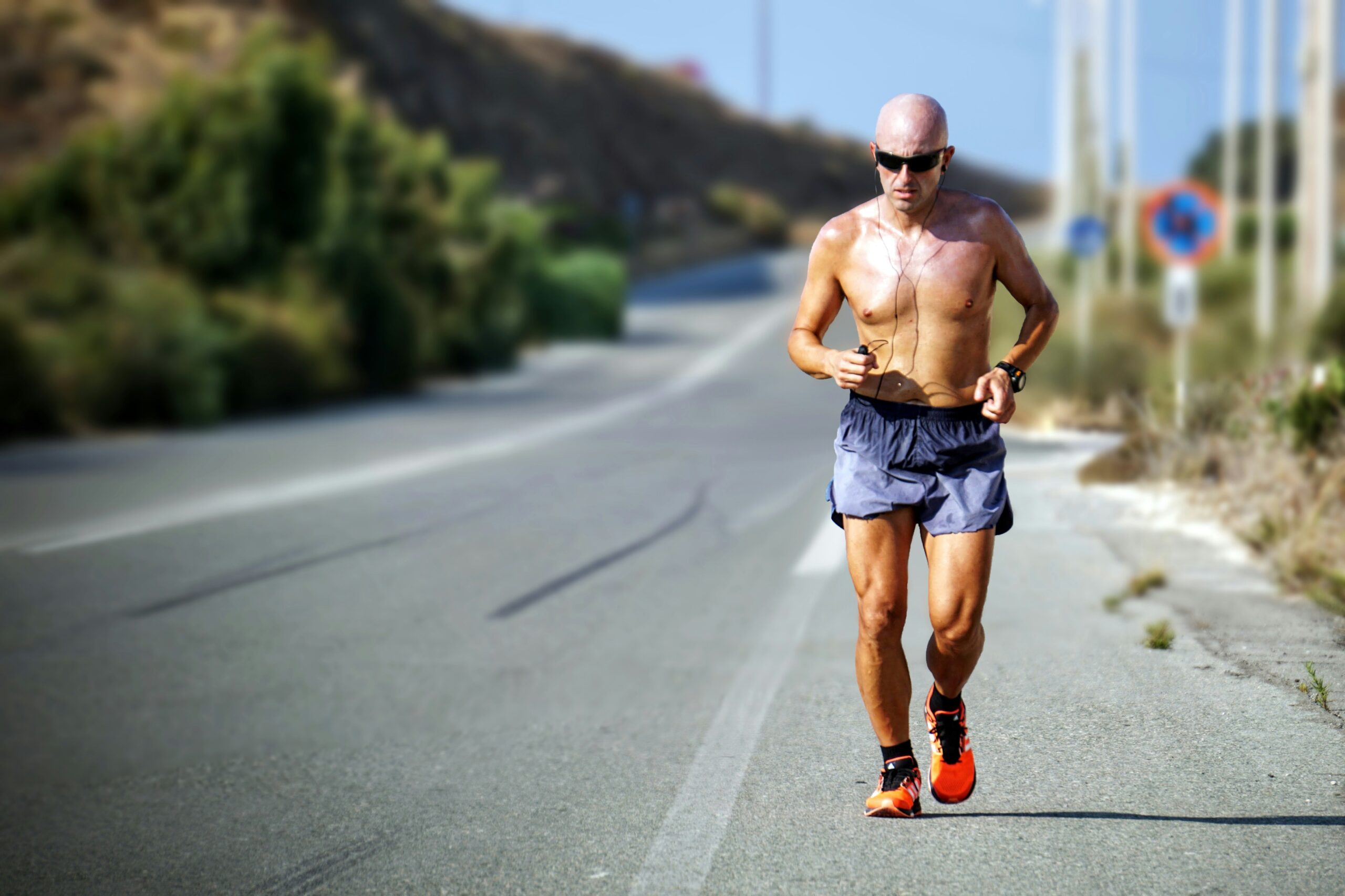
Running gear feels simple, but the right gear can make a huge difference. Whether you run on city streets, forest trails, or treadmills, the right clothing and accessories can help you move better, stay comfortable, and avoid injury. Let’s explore the essentials every runner should consider, without the confusing jargon.
Comfort Starts with the Right Shoes
Your running shoes are the foundation of your gear. The right pair supports your feet, absorbs shock, and improves your stride. Good shoes reduce the risk of joint pain and blisters. Choose ones that match your foot shape and running style.
If you run long distances, prioritize cushioning. For speed workouts, a lighter shoe might feel better. Always try them on before buying. Test them by jogging around the store. A shoe that feels “okay” when standing might feel very different during a run.
Breathable Clothing for All Seasons
Comfortable clothing helps you stay focused. Fabrics that wick away sweat keep you dry, even on hot days. In summer, lightweight tops and shorts prevent overheating. In cooler months, layer up with long sleeves and running tights.
Layers give you flexibility. You can remove a top layer as your body warms up. Avoid cotton—it traps moisture and can cause chafing. Instead, look for synthetic fabrics or merino wool for warmth and breathability.
Supportive Socks Matter More Than You Think
Many runners overlook socks, but they can be the difference between a great run and sore feet. Good running socks prevent blisters and offer gentle arch support. They also help manage moisture so your feet stay dry.
Choose seamless designs to reduce rubbing. In hot weather, go for thin, breathable socks. In winter, a slightly thicker pair will keep your feet warm without feeling bulky.
Smart Watches and Fitness Trackers
Tracking your progress keeps you motivated. A smart watch or fitness tracker records distance, pace, and heart rate. Some even map your runs with GPS. You can see trends in your training and set realistic goals.
If you’re starting, a simple tracker might be enough. Experienced runners may prefer advanced models with training programs, recovery suggestions, and even route planning.
Hydration Solutions for Long Runs
Staying hydrated is vital. On short runs, you might not need to carry water. But for anything over an hour, it’s worth bringing some along. Options include handheld bottles, waist belts, or hydration vests.
Pick what feels comfortable and doesn’t disrupt your stride. Practice using it during training runs, so you’re ready for race day.
Reflective Gear for Safety
If you run early in the morning or after sunset, visibility is key. Reflective gear makes you noticeable to drivers and cyclists. Reflective vests, armbands, and even light-up shoe clips are widely available.
Safety also includes being aware of your surroundings. If you listen to music, keep the volume low or use open-ear headphones.
Caps, Visors, and Sunglasses
Protecting your eyes and face from the sun and rain makes your run more pleasant. A lightweight cap shields your eyes from glare and keeps sweat from dripping down. In summer, a visor offers ventilation while still blocking the sun.
Running sunglasses protect against harmful UV rays and reduce squinting, which can lead to tension headaches.
Lightweight Jackets for Unpredictable Weather
A sudden change in weather doesn’t have to stop your run. A packable, water-resistant jacket is perfect for windy or rainy days. Look for one that folds small enough to carry when the sun comes back out.
Ventilation is important—jackets with mesh panels or zip vents prevent overheating.
Headphones Designed for Runners
Music or podcasts can make runs more enjoyable. But regular headphones might slip or tangle. Running-specific models fit securely, resist sweat, and deliver clear sound.
Wireless, open-ear designs let you hear your surroundings, keeping you safe in traffic or crowded areas.
Foam Rollers and Recovery Tools
Your gear doesn’t end when you stop running. Recovery tools help you bounce back faster. Foam rollers ease muscle tightness and improve flexibility. Massage balls and sticks target smaller areas.
Use them after runs or on rest days to keep your body ready for the next workout.
Energy Gels and Snacks
For long-distance runners, fueling mid-run keeps energy levels steady. Energy gels, chews, or small snacks are easy to carry and quick to digest. Practice eating them during training so you know what works for you.
Pair them with water to help your body absorb the nutrients.
The Importance of Fit Over Brand
A popular brand doesn’t always mean the best choice for you. The right gear feels like it’s part of you—comfortable, light, and distraction-free. When trying new items, think about movement, temperature control, and long-term comfort.
Building Your Running Kit Over Time
You don’t need everything at once. Start with essentials: good shoes, breathable clothes, and safety gear. Add items like GPS watches or hydration packs as your runs get longer.
Over time, you’ll discover what makes your running experience smoother and more enjoyable.